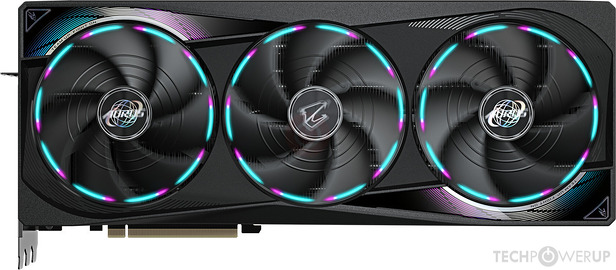burningsilicon
New Member
- Joined
- Jul 15, 2024
- Messages
- 7 (0.02/day)
i had to bump up the voltage on mine, it seems 850mv wasnt stable enough, so I did 900mv, 2900Mhz, +3000Mhz mem, power limit 133% / 400wI only use a custom curve when I want to lower voltages while keeping higher clocks ( vs stock ) and have cooler temps, more power-efficient profile. For benchmarks, I set voltage to 100%, power limit to 133% with the 400W BIOS, core at +400, and memory at +3000 in MSI Afterburner.
Here is one of my custom curve profiles ( very efficient, but not for benchmarking, just for gaming ) :
2900Mhz core + 3000 memos @850mv
I got a furmark of ~9300/157fps and a 3dmark steel nomad of 7331
gpu temps during testing 71C
EDIT: did it again with your benchmark settings but 350 core, and I got steel nomad of 7761 "Legendary"

Last edited:














